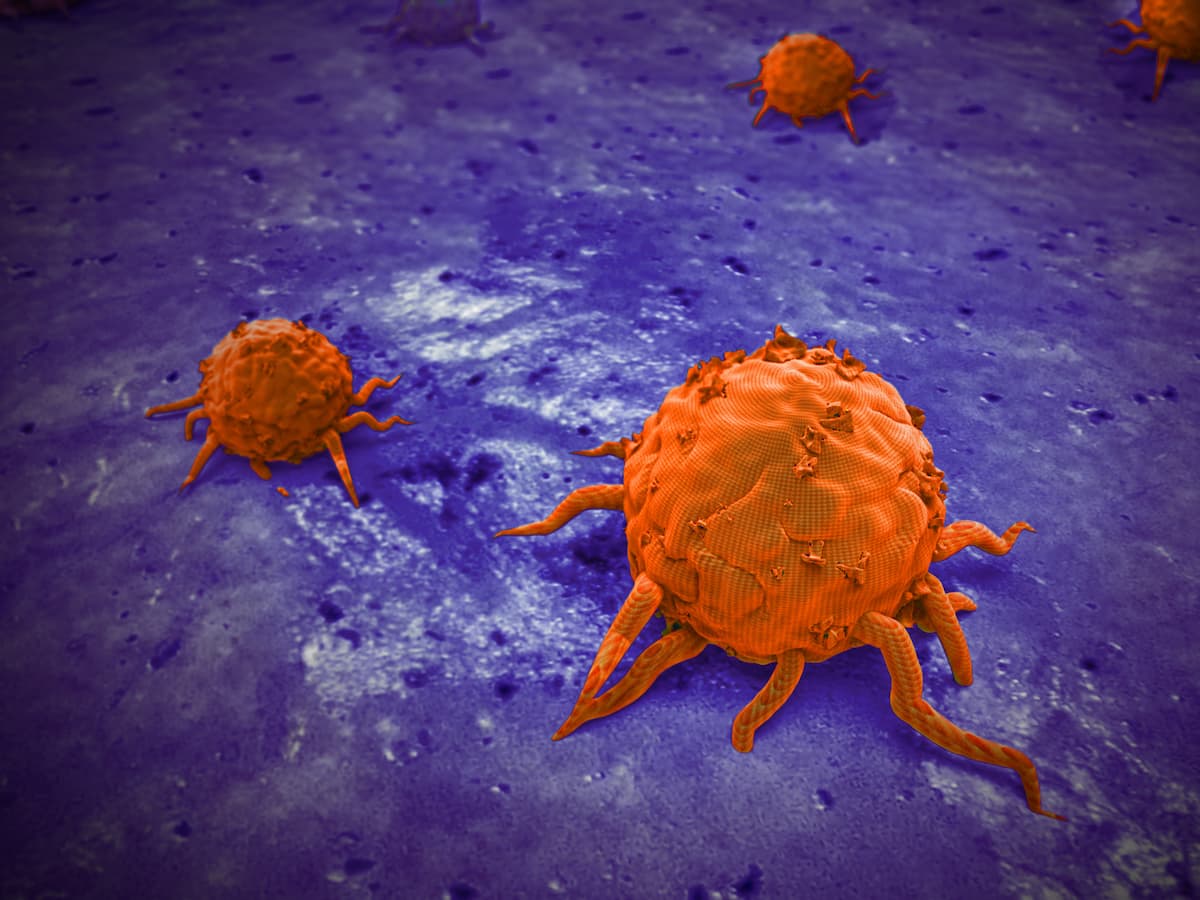PBDE Exposure Confers Significant Cancer Mortality Risk
Further research may be needed to help determine the underlying mechanisms of polybrominated diphenyl ether exposure contributing to the risk of cancer-related mortality.
“To our knowledge, this is the first study examining the association of PBDE exposure with risk of cause-specific mortality in the general adult population from the United States,” according to the study authors.

Exposure to polybrominated diphenyl ethers (PBDEs) correlated with a significantly increased risk of mortality due to cancer, according to findings from a nationally representative cohort study published in JAMA Network Open.
With a median follow-up of 15.8 years (IQR, 15.2-16.3), investigators reported 199 deaths across a population of 1110 adults, which included 64 deaths due to cardiovascular disease and 52 deaths due to cancer. In an analysis adjusting for factors including age, sex, race and ethnicity, and socioeconomic status, those with higher serum PBDE levels had a higher risk of death from cancer (HR, 4.09; 95% CI, 1.71-9.79). Investigators reported no significant impact on all-cause mortality (HR, 1.43; 95% CI, 0.98-2.07) or mortality related to cardiovascular disease (CVD; HR, 0.92; 95% CI, 0.41-2.08) based on exposure to PBDEs.
Specifically, increased exposure to 2,2’,4,4’-tetrabromophenyl ether (PBDE 47) correlated with an increased risk of mortality due to cancer (HR, 3.21; 95% CI, 1.29-7.96), whereas increased exposure to 2,2’,4,4’,6-pentabromophenyl (PBDE 100) conferred an all-cause mortality risk (HR, 1.60; 95% CI, 1.10-2.31) as well as a cancer-related mortality risk (HR, 3.81; 95% CI, 1.16-12.49). Additionally, exposure to 2,2’,4,4’,5,5′-hexabromophenyl (PBDE 153) correlated with risks of all-cause mortality (HR, 1.78; 95% CI, 1.16-2.73) and cancer-related mortality (HR, 4.12; 95% CI, 1.37-12.42).
“To our knowledge, this is the first study examining the association of PBDE exposure with risk of cause-specific mortality in the general adult population from the United States,” Buyun Liu, MD, PhD, of The First Affiliated Hospital of USTC, Institute of Public Health Sciences, Division of Life Sciences and Medicine, University of Science and Technology of China, and coauthors wrote.
“Our findings have major public health implications…. Despite great concerns, environmental authorities, such as the International Agency for Research on Cancer, the US Department of Health and Human Services, and the US Environmental Protection Agency, stated that there are difficulties in classifying PBDEs as human carcinogens due to inadequate evidence of carcinogenicity in humans. The present study addresses this knowledge gap by finding an association between PBDEs and cancer mortality in adults from the general United States population,” they added.
Investigators derived data on adults 20 years and older from the National Health and Nutrition Examination Survey (NHANES) from 2003 to 2004; these adults were linked to mortality data up to 2019. Those with cardiovascular disease or cancer at baseline were excluded from the analysis.
Solid phase extraction and isotope dilution gas chromatography high-resolution mass spectrometry were used to measure PBDE analytes in serum samples. Investigators performed a statistical analysis between February 2022 and April 2023, adjusting the base analysis model for age, sex, race, and ethnicity, which individuals self-reported via questionnaires.
Across the overall population, most individuals were female (n = 584), non-Hispanic White (n = 544), and received a college education or higher (n = 520). Additionally, most had never smoked (n = 580), consumed any alcohol (n = 790), and had a body mass index of 25 to 29.9 (n = 375).
According to the study authors, limitations of their investigation included the fact that they could not determine the risk of mortality due to specific cancer subtypes. Additionally, although the authors adjusted for potential confounders, there may have been residual confounding due to unmeasured factors.
“In this nationally representative cohort, PBDE exposure was significantly associated with an increased risk of cancer mortality. Further studies are needed to replicate the findings and determine the underlying mechanisms,” the authors concluded.
Reference
Liu B, Lehmler H, Ye Z, et al. Exposure to polybrominated diphenyl ethers and risk of all-cause and cause-specific mortality. JAMA Network Open. 2024;7(4):e243127. doi:10.1001/jamanetworkopen.2024.3127
How Supportive Care Methods Can Improve Oncology Outcomes
Experts discussed supportive care and why it should be integrated into standard oncology care.